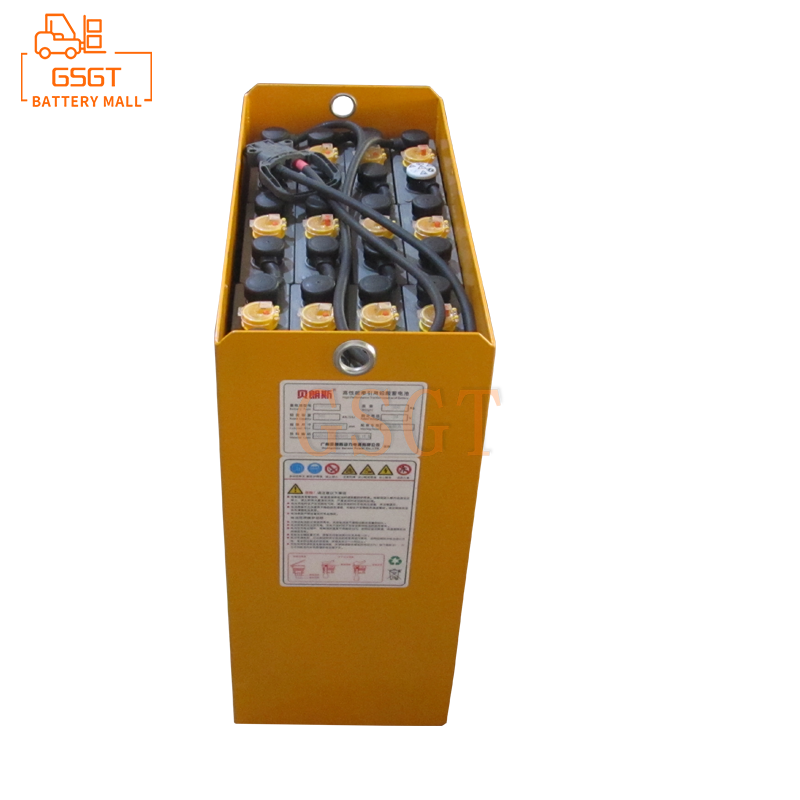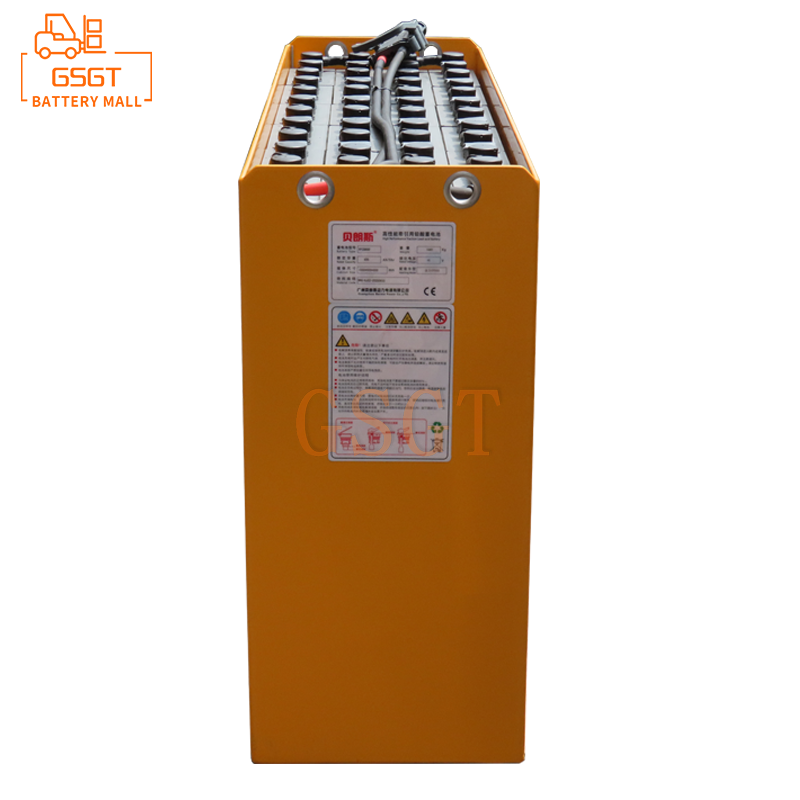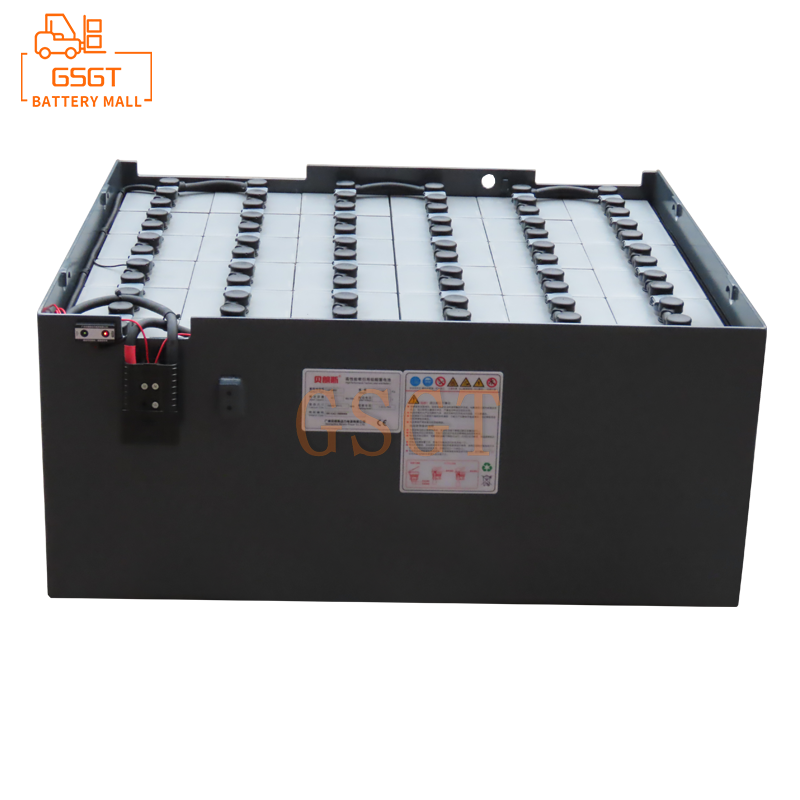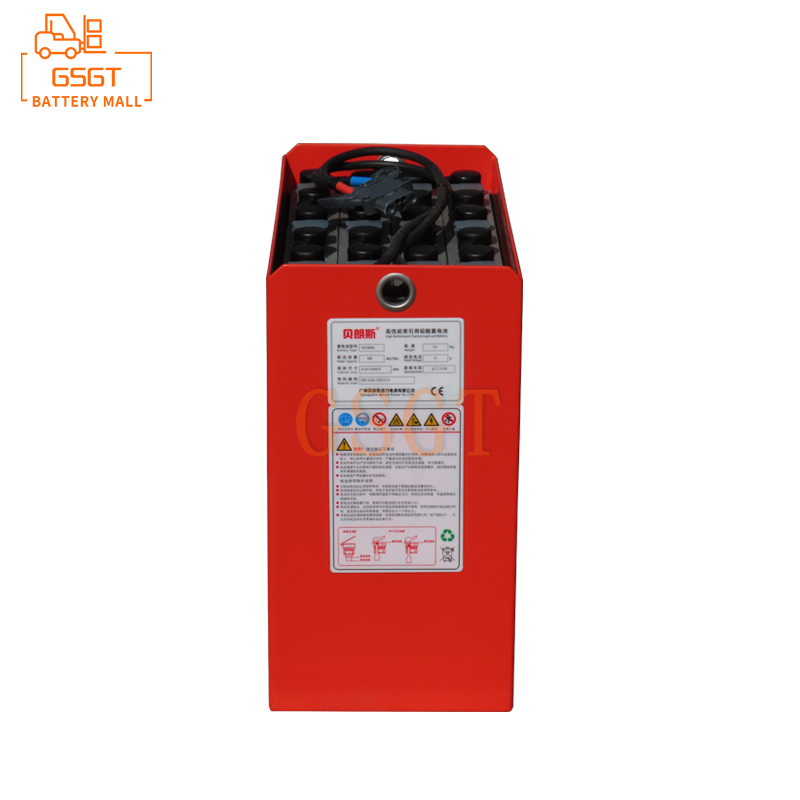Time:2025-04-11 10:24:01
Browse:521
In the field of modern industry and transportation, the performance of the power source is always a key factor in determining the efficiency of the system. As an advanced product of traditional lead-acid battery technology, high energy density traction lead-acid batteries are gradually breaking through the power limit by virtue of their unique advantages and reshaping the power pattern of many industries.
Traditional dynamics dilemma: A starting point for breakthrough
For a long time in the past, industrial vehicles (such as forklifts, tractors) and some low-speed electric vehicles mainly rely on traditional lead-acid batteries as a power source. Although the traditional lead-acid battery has the advantages of low cost, mature technology and high safety, its energy density is low, which leads to the limited mileage of the device, and frequent charging not only reduces the work efficiency, but also increases the operating cost. For example, common forklifts in the state of full load operation, relying on traditional lead-acid batteries often can only last 4 to 6 hours, and then it takes several hours to charge, which greatly affects the operation rhythm of logistics warehousing and other industries. For some low-speed electric vehicles that need to travel long distances, such as patrol cars and sanitation vehicles in specific scenarios, the limited mileage makes its operating range seriously limited and cannot meet the growing work needs. Therefore, improving the battery energy density and breaking through the power limit has become an urgent problem for the industry.
Technological innovation: high energy density traction lead-acid battery was born
In order to break the limitations of traditional lead-acid batteries, researchers have launched a series of technical breakthroughs. In terms of plate material, a new type of alloy material is used. The traditional plate is mainly lead-antimony alloy, and the new plate uses lead-calcium alloy, etc. This alloy not only improves the corrosion resistance of the plate, reduces the self-discharge phenomenon of the battery in the charge and discharge process, but also effectively improves the utilization of active substances, thus significantly increasing the energy density of the battery. By optimizing the plate manufacturing process, such as using a more refined paste process and curing process, the active substance is more closely combined with the plate substrate, further ensuring the stability of the battery in the charge and discharge cycle, so that the battery can store more energy per unit volume or per unit mass.
In the electrolyte formulation, high energy density traction lead-acid batteries have also been innovated. The researchers add specific additives to the sulfuric acid electrolyte, which can change the ionic conductivity of the electrolyte and reduce the internal resistance of the battery. The reduction of internal resistance means that the energy loss of the battery during the charge and discharge process is reduced, and more electrical energy can be effectively used, thereby increasing the overall energy density of the battery. At the same time, the concentration and purity of the electrolyte are accurately controlled to ensure that the electrolyte can maintain the best electrochemical performance under different working conditions, providing stable and strong power support for the battery.
Performance leap: The breakthrough of the power limit
High energy density traction lead-acid batteries achieve a substantial increase in energy density. Compared with the energy density of 30 to 50 watt-hours per kilogram of traditional lead-acid batteries, the new high energy density products can reach 80 to 100 watt-hours per kilogram or even higher. This increase directly translates into a significant increase in the battery life of the device. Take the forklift as an example, after the replacement of high energy density traction lead-acid batteries, the full load working time can be extended to 8 to 10 hours, and a single charge can meet the high-intensity operation needs of most of the working day, greatly reducing the charging frequency, improving the work efficiency of the forklift, so that the logistics and warehousing operations can be more efficient and continuous.
In terms of power output, high energy density traction lead-acid batteries also perform well. It has a higher discharge rate and can release a strong current in a short time to provide strong power for the equipment. In the industrial vehicle starting, acceleration and climbing conditions requiring high torque, such batteries can respond quickly, output stable and powerful power, avoiding the traditional lead-acid battery due to lack of discharge capacity caused by slow start, weak climbing and other problems. Taking the electric tractor as an example, in the traction of heavy cargo, the high energy density traction lead-acid battery can make it start more quickly, accelerate the process more smoothly, effectively improve the efficiency of cargo transportation, while reducing the loss of motor and other equipment, extend the service life of the equipment.
Application expansion: A new choice of power in multiple fields
In the logistics and warehousing industry, high energy density traction lead-acid batteries have become the ideal power source for forklifts, pallet trucks and other equipment. Due to its excellent endurance and power performance, it makes the cargo handling in the warehouse more efficient, reduces the logistics stagnation caused by the equipment charging wait, and improves the throughput of the entire warehouse logistics system. In ports, docks and other places, electric tractors use high energy density to pull lead-acid batteries, which can more quickly and stably pull large containers, adapt to high-intensity and long-term operation needs, and help port logistics to achieve efficient operation.
In the field of low-speed electric vehicles, high energy density traction lead-acid batteries have brought new development opportunities for patrol vehicles and sanitation vehicles. With its long endurance, the patrol vehicle can expand the scope of patrol and guarantee regional security more comprehensively. The sanitation vehicle can complete the cleaning and garbage transportation of longer routes after a single charge, improving the efficiency and coverage of urban sanitation operations. In addition, in the sightseeing vehicles of some specific scenic spots, the high energy density traction lead-acid batteries also bring tourists a more comfortable and quiet sightseeing experience because of their stable power output and low noise characteristics.
Prospect: Continuous innovation and challenges coexist
With the continuous maturity of technology and the continuous growth of market demand, high energy density traction lead-acid batteries have broad prospects for development. In the future, the researchers will continue to work to further improve the battery performance, such as by exploring new materials and optimizing the battery structure, which is expected to increase the energy density to 120 to 150 watt-hours per kilogram or even higher, further extending the device's battery range. At the same time, breakthroughs will also be made in improving battery charging and discharging efficiency and shortening charging time, so that devices can replenish energy faster and meet a more efficient working rhythm.
However, the development of high energy density traction lead-acid batteries also faces some challenges. On the one hand, its manufacturing cost is still higher than that of traditional lead-acid batteries, which limits its large-scale application to a certain extent. In the future, it is necessary to reduce costs and improve the cost performance of products by optimizing the production process and expanding the production scale. On the other hand, with the increasingly stringent environmental requirements, lead pollution prevention and control in the production process of lead-acid batteries and waste battery recycling and treatment also need to further strengthen technological innovation and standardized management to ensure the green and sustainable development of the entire industrial chain.
High energy density traction lead-acid batteries have shown great advantages and application potential in many fields by virtue of their breakthrough in the power limit achieved under technological innovation. Despite the challenges, with the continuous progress of technology and the continuous improvement of the industry, it will occupy a more important position in the power system of the future industry and transportation, inject new vitality into the development of the industry, and promote related industries to a new stage of efficient and green development.

$1105

$3810

$4045

$865

MESSAGE
Professional And Efficient
Security
Affordable Price
Professional Services